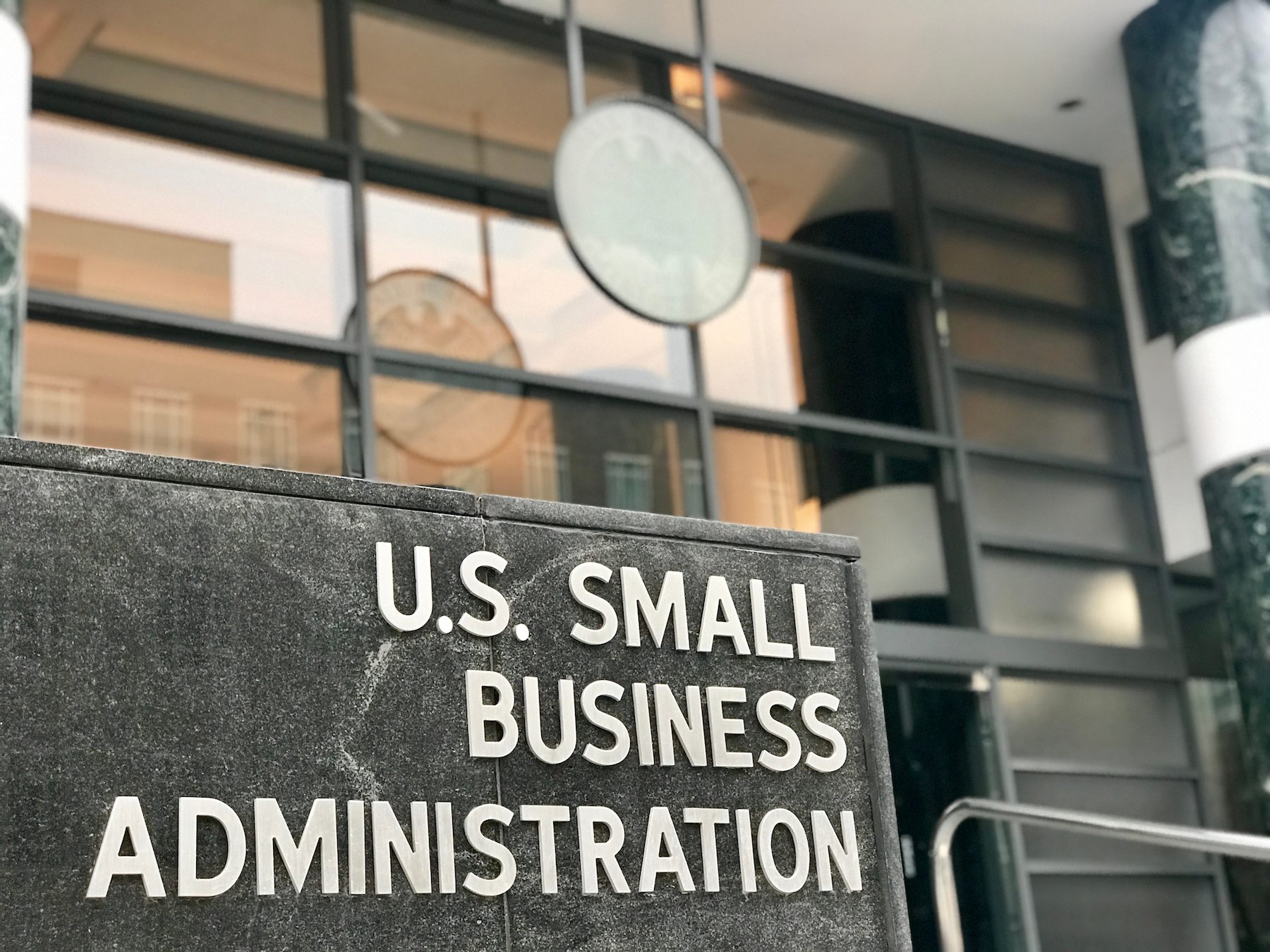On March 31, 2022, the Small Business Administration (SBA) issued four rules that increase small business size standards for different sectors, including agriculture; education services; professional, scientific, and technical services; and transportation. Thousands of new mid-tier businesses that are now competing with large businesses will get another year’s reprieve to prepare for fierce competition. They will regain their small business status and use more time to get on small business vehicles and shore up their business development organizations. They will have more time to hire good consultants and employees, train them, and establish or refine processes for business development, proposals, and capture. Other small businesses will:
- Continue to qualify for:
- Small business and socio-economic set aside opportunities as a prime or joint venture member
- Small business subcontracting on full and open bids
- Loans and assistance programs as a small business
- Fit under a dollar cap in certain NAICS codes, competing for more opportunities
- Avoid graduating prematurely from the 8(a) program if they have been successful with capturing and winning large proposals
- Select primary and secondary NAICS codes that line up closer to the company’s core competencies with more room to grow in the 8(a) program
SBA categorizes small businesses according to the North American Industry Classification System (NAICS), which measures business size by average annual receipts and average number of employees. These standards are revised every 5 years to reflect current industry and market conditions. SBA examines average firm size, startup costs, industry competition, distribution of firms by size, and share of Federal contract dollars in evaluating an industry’s size standard.
Although the changes are effective on May 2, 2022, they won’t impact Government contractors until October 1, 2022, or shortly thereafter. According to a recently issued guidance, SBA asked contracting officers to avoid using NAICS 2022 codes when preparing solicitations and awarding contracts until it updates its small business standards and rules. Also, until the SAM registration is updated, the SAM profiles will continue to display the small business status under the current size standards.
The revision has created new NAICS codes that are not in NAICS 2017. In addition, it revised, deleted, or consolidated many industry definitions and codes in NAICS 2017. Here are some of the changes:
- NAICS Sector 11 (Agriculture, Forestry, Fishing and Hunting); Sector 21 (Mining, Quarrying, and Oil and Gas Extraction), Sector 22 (Utilities); and Sector 23 (Construction): SBA increased the size standards for 68 industries in these sectors.
- NAICS Sector 61 (Education Services); Sector 62 (Health Care and Social Assistance); Sector 71 (Arts, Entertainment and Recreation); Sector 72 (Accommodation and Food Services); and Sector 81 (Other Services): SBA increased the size standards for 70 industries in these sectors.
- NAICS Sector 54 (Professional, Scientific and Technical Services); Sector 55 (Management of Companies and Enterprises); Sector 56 (Administrative and Support and Waste Management and Remediation Services): SBA increased the size standards for 46 industries in these sectors. For example,
- NAICS 541310 (Architectural Services) will increase from $8 million to $11 million.
- NAICS 541330 (Engineering Services) will increase from $16.5 million to $22.5 million.
- NAICS 541611 (Administrative Management and General Management Consulting Services) will increase from $16.5 million to $21.5 million.
- NAICS 541990 (All Other Professional, Scientific and Technical Services) will increase from $16.5 million to $17 million.
- NAICS Sector 48-49 (Transportation and Warehousing); Sector 51 (Information); Sector 52 (Finance and Insurance); Sector 53 (Real Estate and Rental and Leasing): SBA increased the size standards for 45 industries in these sectors.
You may want to bookmark the SBA Size Standards tool that will have updated information at the start of the 2023 Government fiscal year.
service@ostglobalsolutions.com
Upcoming Bid & Proposal Academy Classes
Webinar: Responding to Vague AI/ML Requirements in Federal Proposals
OST Global Solutions Virtual Classroom MD, United StatesRequirements for AI/ML integration into services and platforms are showing up more and more frequently. However, RFPs still lack clear guidance on how agencies expect these capabilities to be implemented, […]
Writing Persuasive Government Proposals Including AI Essentials (Live Class)
OST Global Solutions Virtual Classroom MD, United StatesThis proposal writing course shows how to develop compliant and highly persuasive proposal sections in half the time, to increase your Government proposals' win probability. Learn to outline within the proposal sections for compliance and responsiveness, brainstorm as a group and individually to develop proposal section content, infuse proper structure and flow into your sections, and implement the correct writing process. Learn proposal persuasion techniques. Learn More



